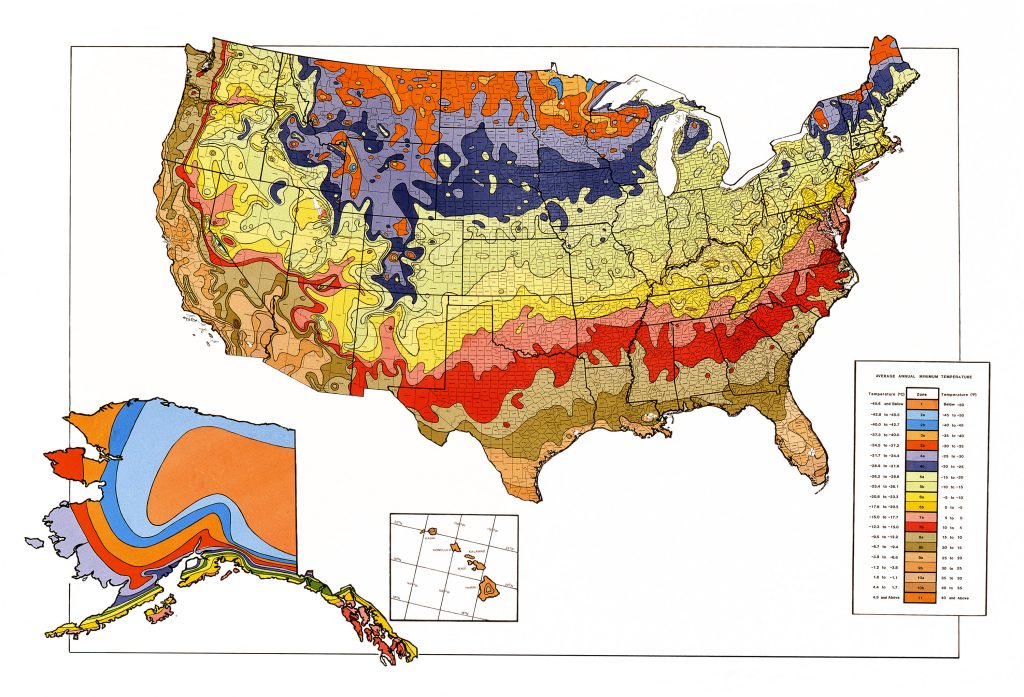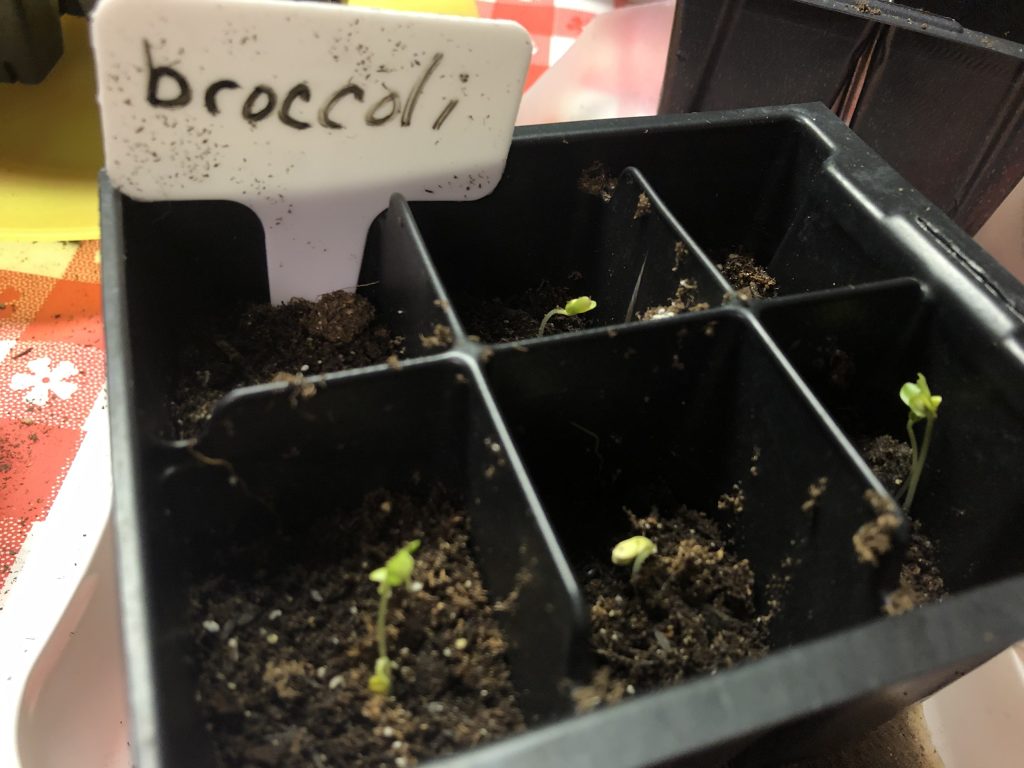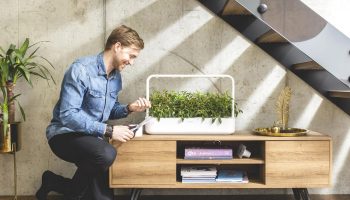Are you interested in starting a garden? Believe it or not, fall or winter is a good time to start. Like most things, an important part of success is planning.
The best first step is deciding what you would like to plant. There are so many possibilities. There are fruits, vegetables, herbs, and flowers. It’s probably best to start with just a few things, and nothing too complex. Of course, you’ll also want to make sure that you plan on things that actually grow wherever you are. It’s really helpful to find out what your growing zone is. I live in growing zone 7a. You can look up your growing zone at https://planthardiness.ars.usda.gov/.

Now, make sure the plants you want to grow can grow in your growing zone, or can be kept indoors.
Once you have your list, think about what you’re going to need, and where you’re going to plant everything. Check if the plants need full sun or some shade, how much space they need, and how to protect them from pests. If you have young children or pets that spend time around the plants, make sure the plants aren’t unsafe for them.
Do you want to try seeds, or buy plants? It doesn’t hurt to try to getting seeds to germinate. If it doesn’t work out, you can always buy plants later.

You can buy seeds in many places, but you can also find free seeds. Maybe you know someone who has extra seeds who would be willing to share. I know most seed packets contain more seeds than I end up using. I save them for later, but they do lose viability over time. I have shared with others, too. Another option is to harvest your own seeds. For fruits and vegetables, that can be as easy as saving some from the (uncooked) food that you eat. For herbs and flowers, you can ask people if they mind sharing ones from their plants. It helps to look up how to identify the seed pods and when to harvest them. There are many videos online that can literally show you someone harvesting seeds. I recently found one that wasn’t even in a language I could identify, but I still understood what to do by watching the video.
Another thing that I found out is that some seeds that you buy as food can be planted, like sesame seeds, dill seeds, and even some types of popcorn!
Some plants grow from bulbs, or even food scraps. Find out how to grow the plants you want to grow, or where to buy them already growing and ready for transplanting.
It’s also a good idea to have some flower pots and potting soil. Even if you’re planning to plant outdoors, many plants are best started indoors. Some actually have to stay indoors, because they can’t survive outside, or at least don’t do well.
For indoor plants, you’ll need potting soil. Gardening soil is different than potting soil, because outdoor plants are different than houseplants, and the different types of plants have different needs. Some other things you might need are special soils or additives, such as peat moss, seed starting soil, cactus/succulent soil, vermiculite, perlite, and even horticultural sand. Some people like to try planting supplies, such as peat pellets and special planting cells.

Make sure you have your supplies before you need them. Look up when your seeds should be planted. I made a mistake at first, planting when it was most convenient instead of finding out when it was best for the seeds. If you plant them too early, they can die because the conditions aren’t right at that time. If you wait too long, they won’t have enough time to mature in time before the weather gets too cold. It’s also a good idea to do research to find out if there are any special instructions. For example, many seeds need to be dried before they are planted, but some (like citrus seeds) will die if they dry out. Also, some seeds need cold stratification, which means they need to go through a cold phase before they will grow. I found that out accidentally. Once, I planted a bunch of cherry pits, but was disappointed when nothing came up. I left the pot outside over the winter, and was very surprised when the tiny cherry trees started to pop up the following spring!
I recently started keeping a notebook about when to plant different seeds, and everything else related to planning my garden. I’m excited now that it’s time to start using my notes to get ready for this year. I think it will make gardening even more relaxing, fun, and successful.
So, if you’re thinking of growing a garden, take advantage of the cold weather to start planning, doing research, and gathering supplies!
Happy planning!





